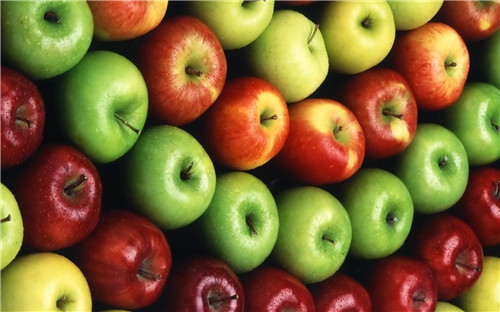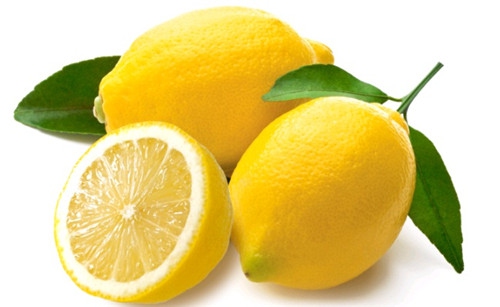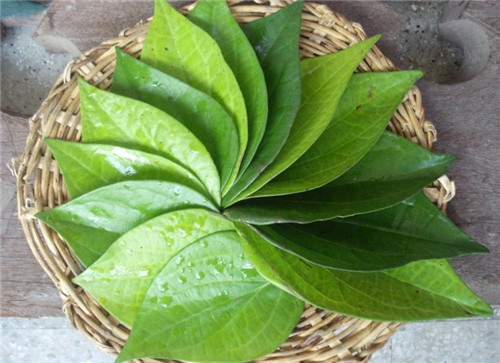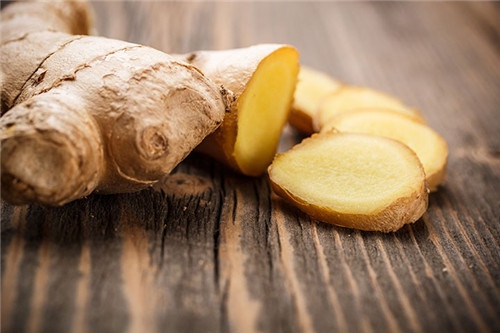A large majority of Americans suffer headaches daily, and scientists have suspected culprits as diverse as genetic susceptibility, jaw disorders, and stress. The most common causes of headaches are restlessness, stress, tension, migraines, sinus problems, dehydration, and lack of sleep. It is important to identify the root cause to be able to find the best treatment option. Interestingly, you can find and use certain "feel-better" strategies that help you decipher how to get rid of a headache quickly and effectively.
Identify the Source of Your Headache
When there's a thorn in your finger, no painkiller is going to work unless you remove the thorn first. Headaches are quite the same. First you need to know what's causing that throbbing pain to make it more manageable. It is often a tiresome task to identify the source, but it's essential in learning how to get rid of a headache. You may want to keep a diary to write whenever your headache strikes.
Even if you don't keep a diary with you, a quick recap of any physical or mental activities you've done over the last few hours may give you a clue about the trigger. The next time you have a pain attack, you may want to repeat the process and identify what's similar to when a headache struck last time. It's all about finding a pattern.
You may also want to consider other common triggers, such a stress, insufficient sleep, excessive drinking, and dehydration. Try eliminating one of these triggers to see if it eases your symptoms. Just maintain an active approach and be sure to get familiar with your situation to identify the real cause of trouble.
How to Get Rid Of a Headache
Try a Cool Compress
How it helps: It provides pain relief to some extent because your blood vessels constrict in the process. It proves beneficial during attacks and if pain is in your temples.
How to use: Soak a washcloth in cool water and place it over your forehead. Refresh it again once it gets warm. To avoid the hassle of replacing it every 5 minutes, you can prepare a heaving-hitting compress with ease. Get a plastic sandwich bag and put a wet washcloth in it. Now, place it in the freezer for half an hour. Get it out and use it on your forehead or neck for a long-lasting compress.
Try OTC Painkillers
How it helps: You can always try over-the-counter painkillers. Painkillers can obstruct pain signal in the nerves so that you won't feel the pain. But remember that they usually take at least half an hour to make an impact.
How to use: Even if you couldn't foresee a headache and are already feeling an excruciating pain, you may still see benefits of taking acetaminophen, ibuprofen, aspirin, naproxen, or even a capsaicin nasal spray.
Try Peppermint Oil to Control Blood Flow
How it helps: Migraines and other tension headaches are usually caused by poor blood flow, and peppermint oil with its vaso-dilating and vaso-constricting properties can regulate blood flow in your body. It effectively opens up the sinuses to relieve headaches.
How to use: You can use dried peppermint to make an herbal tea, inhale the aroma of peppermint steam, or apply peppermint oil directly to your jaws and temples.
Change Your Diet to Find Pain Relief
How it helps: If you want to know how to get rid of a headache effectively, you need to pay special attention to what you eat. What you eat may affect the severity and frequency of headaches, including dairy products such as peanut butter; fruits such as banana, avocado, citrus; meats with nitrates such as hot dogs or bacon; foods loaded with monosodium glutamate; and foods that are pickled or fermented.
How to use: Keep track of abovementioned foods and be sure to add foods to your diet that contain omega-3 fatty acids like fish as they have nerve protecting and anti-inflammatory properties.
Eat Apples or Apple Cider
How it helps: Both apples and apple cider vinegar play a role in maintaining and restoring the acid-alkaline balance in your body, which in turn may help fight off a headache.
How to use: Even the sweet aroma of green apples helps alleviate pain, but you can consider eating a piece of apple in the morning with some salt sprinkled on it evenly. You can add 4 tablespoons of apple cider vinegar to steaming hot water and inhale the steam for a few minutes.
Use a Lemon to Get Rid of a Headache
How it helps: Lemon is refreshing and relaxing, so it helps relieve stress and even maintains the acid-alkaline balance in your body.
How to use: Squeeze one-half of a lemon in warm water and drink it once a day to eliminate headaches caused specifically by gas in your stomach. You may also consider applying lemon crust paste on your forehead to find immediate pain relief.
Use the Magic of Betel Leaves
How it helps: Using betel leaves may prove beneficial because they have cooling and analgesic properties.
How to use: Take three fresh betel leaves and make a paste by grinding them nicely. Apply this paste on the sides of your head as well as the forehead. Let it sit there for half an hour or until you find some relief from your pain. Chewing a couple of betel leaves may also help treat headaches.
Stay Hydrated to Avoid Headaches
How it helps: Your headache may well be a sign that your body is dehydrating. Consider this the root cause if you're drinking less than three liters water a day.
How to use: Drink a glass of water the moment you experience some pain in your head. Continue drinking water in small amounts throughout the day. Be sure to avoid caffeinated and other drinks if you're that concerned about learning how to get rid of a headache.
Feverfew for Migraines and Headaches
How it helps: During a migraine attack, the blood vessels in your brain expand and compress your nerves, causing severe headaches. Feverfew relaxes your blood vessels and eases the pressure. It contains a substance called parthenolide that reduces inflammation and pain.
How to use: Take at least an ounce of fresh or dried feverfew flowers and add them to a pint of boiling water. Leave them for 10 minutes to prepare an herbal tea at home. Start with drinking half a cup twice daily.
Gingerroot to Relieve Headaches and Nausea
How it helps: Gingerroot is an effective herbal remedy for everyone, including children and pregnant or nursing women. It can inhibit the prostaglandin synthesis, a process of making lipid compounds in your body that strengthens pain signals. That's why the use of gingerroot usually works as if you've taken an aspirin, but it's better because it also helps quell your nausea.
How to use: You can take it in fresh form or use it in powdered form in moderate quantities. Alternatively, take at least three quarter size slices of gingerroot and simmer them all in 2 cups of water. Keep them covered for half an hour. Now, drink it slowly to alleviate pain.












View All Comments /Add Comment